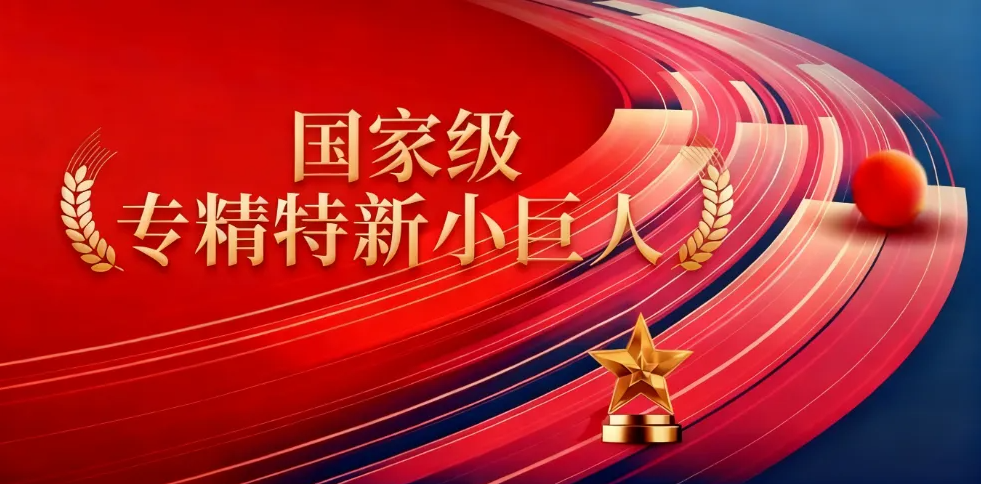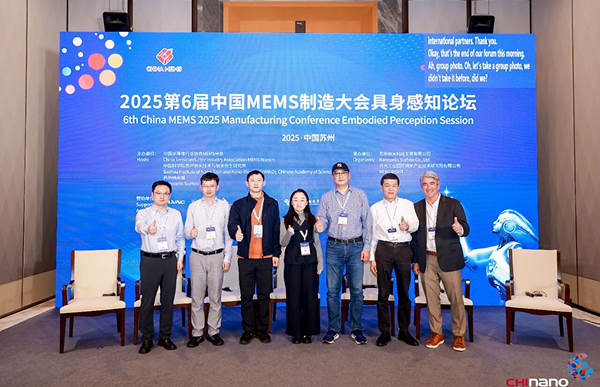全球MEMS领域风云人物:中国一人入选
发布时间:2014.04.27
全球MEMS领域风云人物中国一人入选。名单如下:
此名单以姓名排序,排名不分先后。
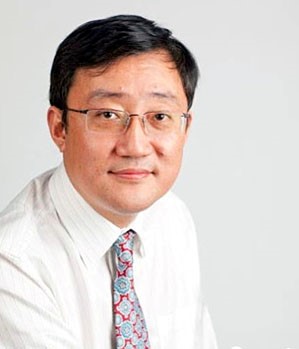
赵阳,美新公司创始人、董事长、总裁兼CEO。1999年推出全新的热流加速度计并采用兼容CMOS的制造工艺。
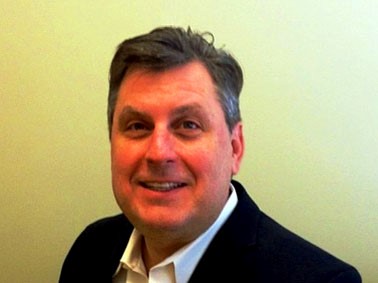
RobertAndosca,MicroGen系统公司联合创始人、董事长兼CEO。
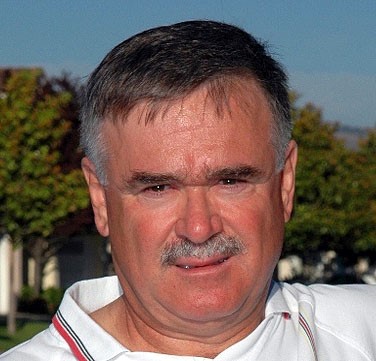
JanuszBryzek,仙童半导体MEMS及传感器解决方案副总裁。
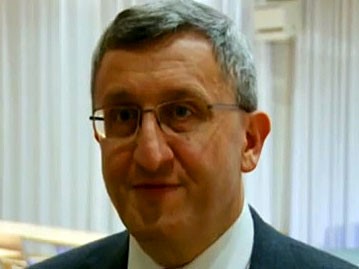
Kaigham(Ken) Gabriel,谷歌公司副总裁兼高级技术项目组副主管。
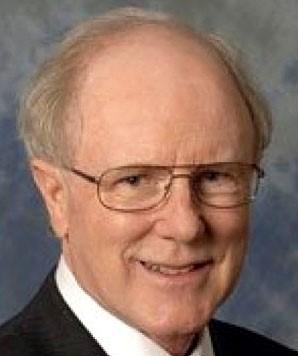
LarryHornbeck,德州仪器院士,数字微镜器件(DMD)发明者。
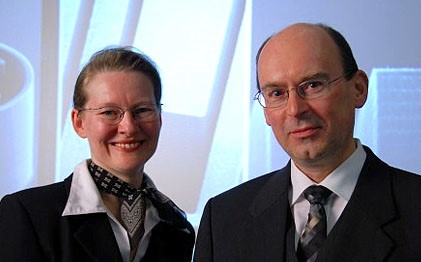
Andrea Urban及Franz Laermer,博世研究员。早在1992年描述高度各向异性的等离子体刻蚀工艺专利。
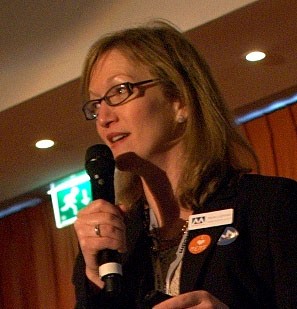
Karen Lightman,现任MEMS产业集团执行董事。对MIG的发展起到指导性作用。
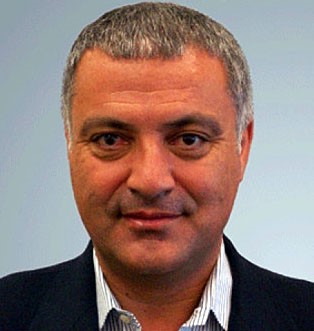
Steve Nasiri,纳西奉先投资有限公司创始人、投资人兼导师。创办MEMS领域第一个无晶圆芯片公司InvenSense。
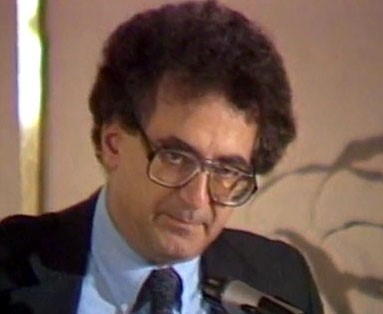
Harvey Nathanson,MEMS产业集团贸易组织理事会名誉会员、电器工程师(已退休)。于1965年成为MEMS设备第一位专利获得者。
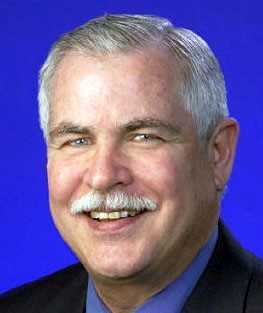
KurtPetersen,MEMS产业创业者,创办多家MEMS产业公司。
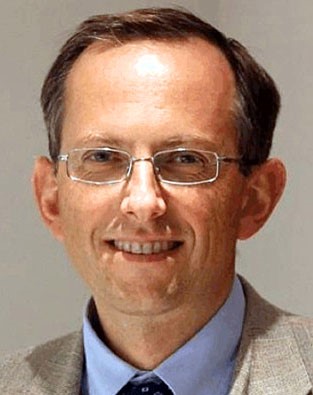
Benedetto Vigna,意法半导体模拟部总经理。成功将MEMS推广到消费领域。
以下为原文:
On the following pages you will find the names and brief biographies of 12individuals who have, or who are, doing much to drive MEMS components forwardboth technically and commercially.
It"s a personal list, in alphabetical order, of the shakers and movers inMEMS.
Robert Andosca, co-founder, president and CEO of MicroGen Systems Inc.(Rochester, New York), has been a pioneer of the applications of vibrationalMEMS and piezoelectric effect to energy harvesting. Prior to the formation ofMicroGen, Andosca spent 20 years developing and introducing a variety of MEMSand integrated circuit devices in executive positions he held with STC MEMS,Lilliputian Systems, Umicore, Corning IntelliSense, Clare Corporation, LockheedMartin and Irvine Sensors.
Janusz Bryzek, vice president of MEMS and sensing solutions at FairchildSemiconductor Inc., received his MSc and PhD degrees from Warsaw TechnicalUniversity, and has been a serial entrepreneur in the field of MEMS. Bryzekco-founded SenSym, IC Sensors and NovaSensors in the 1980s. He founded JyveInc. in March 2009 which operated without bringing products to market and wasacquired by Fairchild in November 2010.
Bryzek has also been a visionary in attempting to prepare the worlds of MEMSand sensors for the Internet of Things era with initiatives to stage the firstTrillion Sensor Summit held in October 2013 and to prepare a trillion sensorroadmap for the industry.
Kaigham (Ken) Gabriel is vice president and deputy director of the AdvancedTechnology and Projects (ATAP) group at Google Inc. a position he came to viaGoogle"s acquisition of Motorola Mobility. Immediately prior to joiningMotorola Gabriel was acting director of the Defense Advanced Research ProjectsAgency (DARPA), which he had rejoined in 2009.
In his previous role Gabriel was the founder, chairman and CTO of Akustica, asemiconductor company that pioneered digital silicon microphones. The companyshipped more than 5 million units before being acquired by Robert Bosch inAugust 2009. During his time with Akustica Gabriel was also the co-foundingexecutive director of the MEMS Industry Group, the principal trade organizationrepresenting the MEMS industry globally.
Gabriel had also worked at DARPA from 1992 to 1997 having been recruited tostart the Agency"s microelectromechanical systems (MEMS) program.
Larry Hornbeck, is a TI Fellow and was the inventor and lead developer of anoptical based MEMS applications at Texas Instruments in the 1980s and 1990s:the digital micromirror device (DMD). Hornbeck"s combination of digitallyaddressible CMOS overlaid with an array of micromirrors that could be deflectedrapidly to act as gray-scale shutter has revolutionized projection displaysfrom cinema screens down to conference room and home entertainment systems.
Hornbeck has received numerous honors including an Emmy from the Academy ofTelevision Arts and Sciences and the David Sarnoff Medal Aware from the Societyof Motion Picture and Television Engineers.
Andrea Urban (nee Schilp) and Franz Laermer
Bosch researchers Franz Laermer and Andrea Schilp are the names on the earliestpatents from back in 1992 that describe a highly anisotropic plasma etchingprocess that became known as the Bosch process. The process, also known as deepreactive ion etching (DRIE), is now an indespensible part of all MEMStechnology. The Bosch process allows the creation of deep structures withvertical walls in silicon, suitable for cantilever beams, moving structures forinertial sensors and cavities and channels for microfluidic MEMS. Importantlythe process allows these highly complex structures to be made at high speedmaking MEMS production comparatively simple and cost-effective.
The process alternates between standard plasma etch that preferentially attacksthe wafer from a vertical direction and a second process that deposits achemically inert passivation layer. This passivation layer protects the entirewafer but during the etch phase the vertical ions tend to sputter off the layerat the bottom of the etched region rather than at the sides, thereby exposingthe substrate to another round of etching.
Karen Lightman became managing director of the MEMS Industry Group (MIG) tradebody in 2007 and was promoted to Executive Director in 2013. Formerly directorof special projects, Lightman has played an important role in guiding thedevelopment and increasing the significance of MIG since its launch in January2001.
Lightman manages MIG operations including a significant role in selecting andmanaging content for multiple MEMS-related conferences each year, overseessales, public relations, marketing and outreach. Lightman joined MIG fromCarnegie Mellon University"s Center for Economic Development where she wasa senior policy analyst.
Steve Nasiri, founder, investor and mentor at Nasiri Ventures LLC has been aserial entrepreneur in Silicon Valley for more than 30 years. However, hisbiggest success has been InvenSense Inc. (San Jose, Calif.) which he led fromits founding in 2003 until he left the company in October 2012.
InvenSense was the first fabless chip company to breakthrough in MEMS – with multi-axis motion processing components for consumerelectronics – and Nasiri created the so-called Nasirimanufacturing process and delivered it to foundries TSMC and Global foundries.This not only allows them to be dual-source suppliers of InvenSense CMOS MEMScomponents but also opens the process up to other would-be fabless MEMScompanies. Nasiri took InvenSense public in 2011.
Prior to founding InvenSense, Nasiri was involved with several MEMS startupsincluding SenSym (acquired by Honeywell), NovaSensor (acquired by GeneralElectric), Integrated Sensor Solutions (acquired by Texas Instruments),ISS-Nagano GmbH, Intelligent Sensing Solutions (acquired by Maxim Integrated),and Transparent Optical Networks.
Harvey Nathanson, speaking in 1984 at a IEEE Centennial briefing for the media.
Harvey C. Nathanson, is a retired electrical engineer and emeritus member ofthe governing council of the MEMS Industry Group trade body who is credited asbeing the inventor of the first microelectro mechanical system (MEMS)component.
Nathanson patented the first MEMS device in 1965 while working for WestinghouseElectric Corp. in the R&D Labs. This was a mechanically resonant tuner formicroelectronic radios and it was followed within a couple of years by a morerefined device, the resonant gate transistor.
Kurt Petersen is a serial entrepreneur who has helped build the MEMS industry.Since 1982 he has co-founded six MEMS companies: Transensory Devices in 1982,NovaSensor in 1985 (now owned by GE), Cepheid in 1996 (now a public company),SiTime in 2004, Profusa in 2008, and Verreon in 2009 (acquired by Qualcomm). Hehas his own consulting company KP-MEMS.
Between 1975 and 1982 Petersen established a micromachining research group atIBM and wrote an important review paper that was published by the IEEE in1982:Silicon as a Mechanical Material. In April 2013 Petersen joined the boardof directors of Innovative Micro Technology Inc. (Santa Barbara, Calif.) afoundry manufacturer of MEMS components.
Benedetto Vigna, general manager of the analog, MEMS and sensors group atSTMicroelectronics NV, joined the company"s R&D labs in 1995 andlaunched the company"s efforts in MEMS. Vigna has risen up through theranks of the company along with its success in selling MEMS components, particularlyinto the consumer sector.
In 2001 he became director of the MEMS business unit working on accelerometersand gyroscopes as ST made a commitment to the MEMS market. And in 2007Vigna"s responsibilities were increased to include sensors, RF, analog,mixed-signal, interface and audio ICs.
ST"s MEMS accelerometers and gyroscopes have been adopted in motionactivated user interfaces used in game consoles, smart phones and tabletcomputers. In 2012 the company was estimated to be the world"s largestvendor of MEMS components with about $1 billion in annual sales.
Yang Zhao founder, chairman, president and CEO of Memsic Inc. (Andover, Mass.)Zhao is a physics graduate of Beijing University and received M.Sc and PhD.degrees from Princeton University before going to work for Analog Devices Inc.In the 1990s Zhao served ADI for seven years in a variety of roles developingthe company"s MEMS product lines.
In 1999 Zhao founded Memsic to bring to market a novel form of heated-gasaccelerometer and use of a CMOS-compatible manufacturing process. The companyoperates its own back-end manufacturing facility in Wuxi, China, where it workswith wafers previously processed at CMOS foundries.







